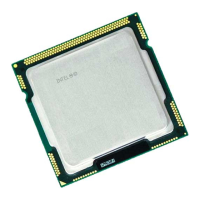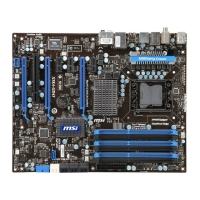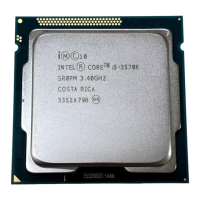gcc960 Compiler Driver
2-3
2
path
identifies the directory containing the file named
by
filename
. Not specifying
path
for a
filename
causes gcc960 to search in the current
directory. Each
filename
not in the current
directory requires a separate
path
specification.
NOTE. Although Windows pathnames require backslashes (
\
), this
manual shows paths using the forward slash required by UNIX (
/
).
filename
is the name of a source, preprocessed source,
assembly-language, or other file (e.g., linker
directive file) to be processed by the compilation
system. The gcc960 command line allows
specification of more than one
[
path
/]
filename
.
@
response-file
Open the named response file and read in its
contents as if they had been typed on the
command line. Response files are a convenient
way to store commonly-used command line
options, and a way to get around the 128-
character limit in Windows command lines.
Response files can contain comments. Lines
whose first non-whitespace character is
# are
treated as comment lines, and ignored.
gcc960 Sample Command Lines
This section provides examples of how the compiler is commonly invoked.
All these examples assume that you have C source files named
t1.c and
t2.c and that you are generating code for the i960 CA architecture.

